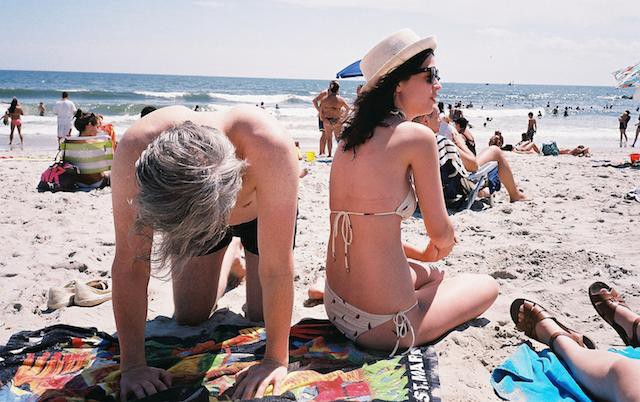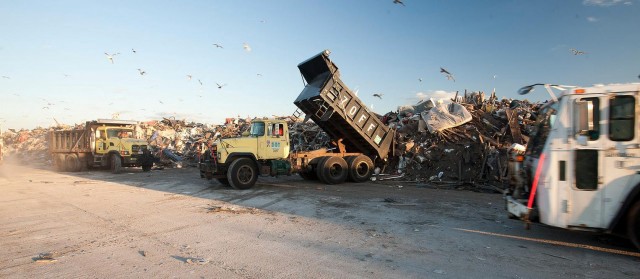Rockaway In Summer
by Patrick Kearns

There is no place quite like Rockaway in the summer: the packed beaches and boardwalk, Rockaway Taco, the dive bars. Everyone seems to know each other. There’s no bad blood. At the end of the night everyone ends up at Connolly’s, drinking frozens, and the DJ plays the same set every Saturday.
On this Queens peninsula, your friends are decided more by proximity than interests, but I always thought that was what made our friendships strong: we had nothing in common, we couldn’t fall back on talking about sports, or bands we liked so much we could name the track lengths by heart. We grew up riding bikes through old World War II bunkers and burying beers on the beach.
Before Sandy, there was a sort of a revival. New bars went up on the boardwalk; long-vacant houses and bungalows found new tenants. But it still felt like Rockaway. What we as kids called “the bum forest” still sat less than a quarter mile away from million-dollar homes, which sat just a couple miles away from housing projects and a halfway house. And everyone in this hodgepodge was hit by the storm.
That night, I was in New Jersey: in Bergen County, a fancier and lonelier place, where neighbors call the cops on each other for minor parking violations and parents try to get books about slavery banned in school. I called all my friends. A few asked for me to pray for them as the water climbed up the stairs. Another hung up to flee her house as the structure was engulfed by flames.
Around midnight, I lost communication with everyone. I watched the storm from the view of the Channel 7 ABC helicopter, knowing that everyone in Rockaway could only hope that the fire rising in the distance, the only light for miles, would stay away long enough for the water to recede.
For most, it did.
My grandparents own the house in Rockaway. All those summers, my four siblings and I moved in with them for summers, and my mother worked at a hospital nearby. The day after the storm, my girlfriend and I went to Queens to get a sense of the damage, which wasn’t pretty, but was better than most. Even still the water slopped up to the ceiling of the basement and traveled halfway up the back stairs. Every photo and keepsake in the garage was waterlogged and destroyed. A wrinkled menu floated, from the restaurant my great-grandfather had owned in Manhattan’s financial district, when a nice dinner still cost $5.
I got in touch with my friends and found out that no one was hurt.

It was hard to look at Rockaway like this. Cars were overturned and destroyed, some floating into homes that were ripped open, on display for any onlooker to see. China collections and stuffed animals littered the streets. The ground was covered with sand and the exoskeletons of looted grocery stores. People desperate for clean drinking water had cracked open fire hydrants. A handful of residents had died.
In the wake of the damage, one of my friends walked around the neighborhood helping people install new boilers and hot water heaters. Neighbors knocked down each other’s walls, tore up each other’s floors, traded shambles for shambles and a hand for a hand. That was Rockaway. Everyone always looked out.
Now the second summer after the storm is approaching and houses still sit in ruins on the beach. But little bars and restaurants are popping up again along the boardwalk. The DJ at Connolly’s is there on weekends playing that same old set, and according to my grandparents, who have rebuilt their basement, none of their friends are leaving: the community only got stronger, they say.
Patrick Kearns is a New York-based sportswriter. He is the New York correspondent and columnist for the Fourth Period Magazine.
Photo via traxus4420 and NYCDOT/Flickr